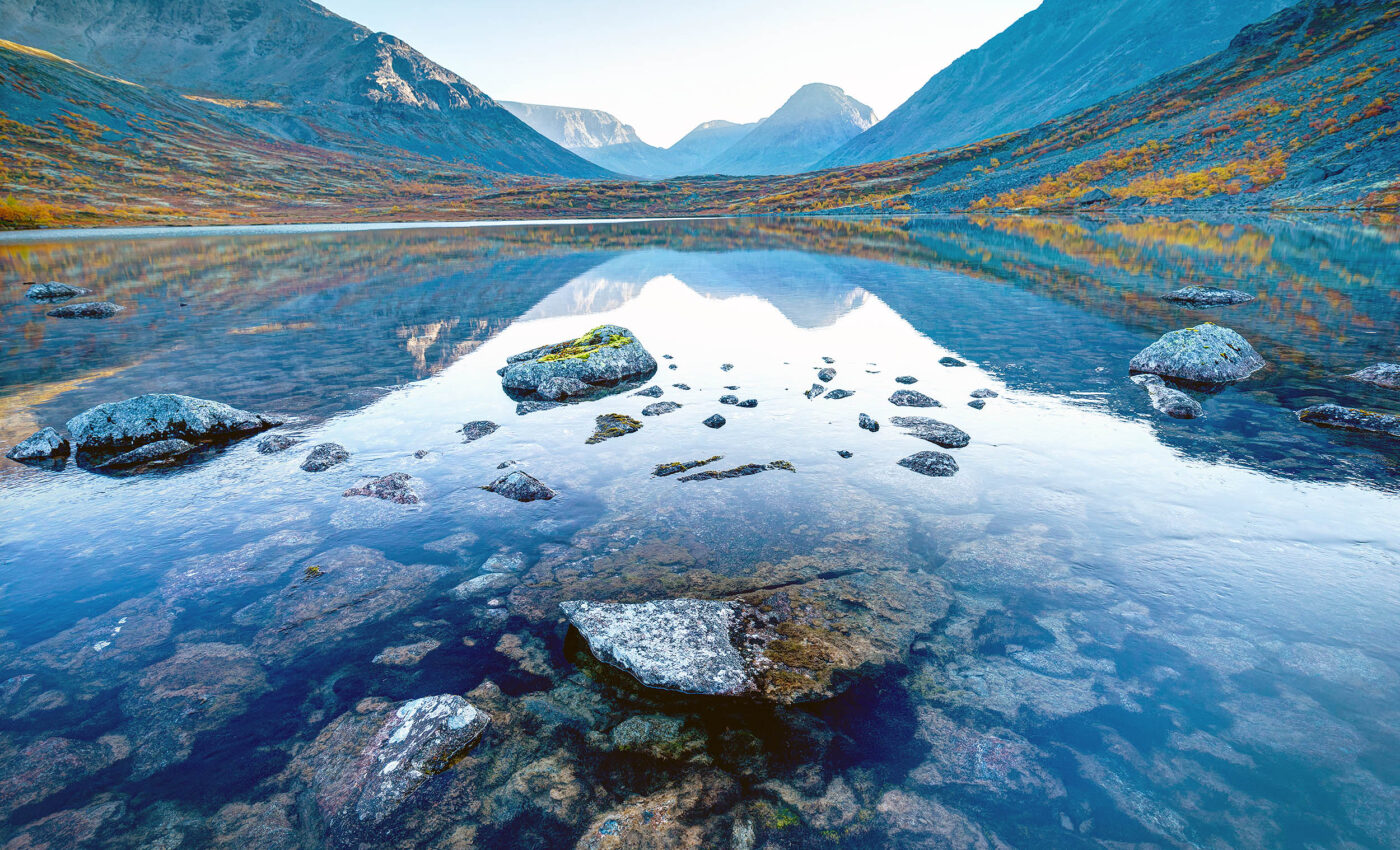
Arctic rivers are undergoing dramatic change from thawing permafrost
As the Arctic experiences unprecedented warming rates — up to four times faster than the global average — the repercussions on its environment, particularly in terms of rivers and water flow distribution, have become a focal point of scientific inquiry.
Researchers from the University of Massachusetts Amherst have taken significant strides in demystifying these impacts. The team leveraged satellite data, field observations, and advanced numerical models to predict the Arctic’s transformation over the next 80 years.
Deciphering the Arctic’s transformation
The study, published in The Cryosphere, anticipates a warmer and wetter Arctic, with projections of up to 25% increase in runoff, a 30% rise in subsurface runoff, and a drier southern Arctic.
This comprehensive analysis offers an insightful glimpse into the future of this critical region’s landscape and climate dynamics.
Permafrost, the Arctic’s perennially frozen ground, is a key player in this ecological equation. It influences everything from seasonal water flows to the amount of carbon released into oceans.
However, the accelerated warming of the Arctic threatens to thaw these carbon-rich soils, potentially releasing significant amounts of carbon into rivers and the atmosphere annually.
This thawing not only impacts carbon release but also intensifies the water cycle, affecting precipitation, runoff, and evaporation patterns.
Behind the Scenes: Modeling the Arctic’s water balance
Michael Rawlins, the lead author of the study and an associate professor at UMass Amherst, has dedicated two decades to developing the Permafrost Water Balance Model.
This model examines how the thawing permafrost and a thickening active layer — a result of increased temperatures — affect the region’s hydrology.
Rawlins, alongside colleagues and collaborators, including Ambarish Karmalkar, now at the University of Rhode Island, used climate models to explore future scenarios ranging from moderate to high emissions.
The findings are revealing. A thicker active layer acts as a larger “bucket,” storing more water and altering when and how water is released into the Arctic’s rivers and streams.
Arctic rivers will never be the same
Specifically, the research predicts that the ground will not freeze as early in the year, leading to increased runoff to rivers in the fall and a significant rise in subsurface runoff by 2100.
“Our work shows that as precipitation intensifies, the water will be stored longer in thawed soils and released at a later time via subsurface pathways, instead of running off immediately into rivers and streams, as much of it does now,” Rawlins explained.
This phenomenon will predominantly affect northern parts of the Arctic, where evaporating water from an increasingly ice-free Arctic Ocean will also contribute to the changes.
Southern Arctic regions, on the other hand, are expected to dry out due to enhanced evaporation and plant transpiration. These shifts have profound implications for the Arctic’s ecology and hydrology.
Northern rivers, particularly the Ob, Yenisey, Lena, and Mackenzie, will carry more water from their northern stretches, potentially mobilizing ancient soil carbon into the Arctic Ocean.
This increased discharge could influence sea ice dynamics, the ecology of Arctic lagoons, and even the global climate by impacting ocean freshwater storage and the Atlantic meridional overturning circulation, crucial for Europe’s temperate climate.
Understanding and conserving Arctic rivers
Rawlins underscores the need for further research to refine these predictions, saying, “More field observations are needed from the small- and medium-sized rivers near the Arctic coast to better understand how warming will alter the land-to-ocean transport of freshwater and, in turn, impact Arctic environments and the flora, fauna and Indigenous populations that call the region their home.”
This alarming study underscores the urgency of addressing climate change and highlights the interconnectedness of global systems. As the Arctic continues to warm, the effects will resonate beyond its borders, affecting global weather patterns, sea levels, and climate.
The work of Rawlins and his team is a clarion call to deepen our understanding of these processes and to mitigate the impacts of our changing world.
The full study was published in the journal The Cryosphere.
—–
Like what you read? Subscribe to our newsletter for engaging articles, exclusive content, and the latest updates.
Check us out on EarthSnap, a free app brought to you by Eric Ralls and Earth.com.
—–













